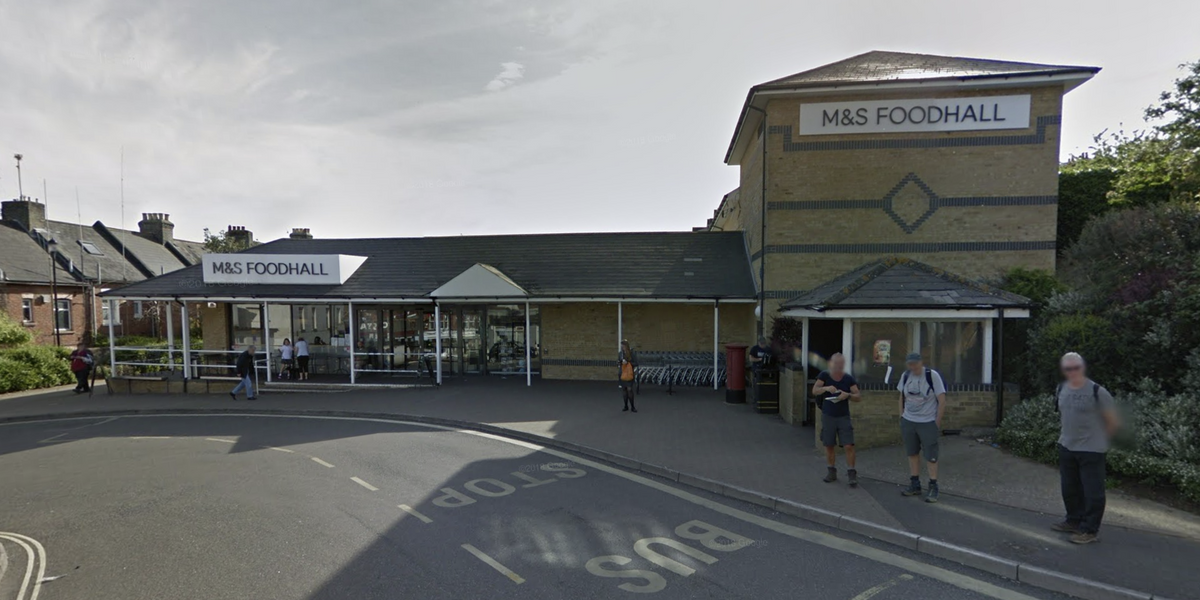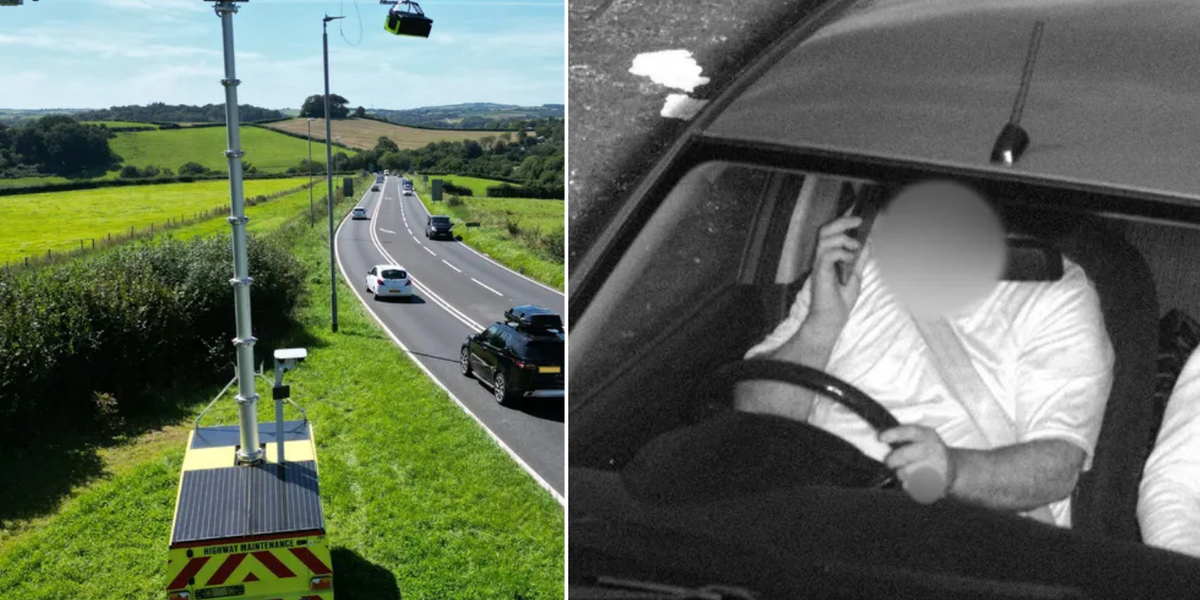The UK housing market has noticed a rise in prices in the last 12 months from September 2024, with the average house price increasing by 2.9 per cent – up by 0.2 per cent from the revised estimate of 2.7 per cent.
The average UK house price in September 2023 was £284,000 but as of two months ago, the average value was £292,000, the ONS House Price Index released today showed.
The area of the North East of England noticed the sharpest increase from the UK, with Northern Ireland and Scotland also experiencing a notable upturn.
Only London was the area that was down in price by a minor decrease of 0.5 per cent, with the average value for a property in the capital of England at £525,586.
Purchasing a property will cost on average 2.9 per cent more than last year
PEXELS/PA
The regions experiencing the highest house price increases in the UK are:
- North East England: 6.5% increase, average price £170,644
- Northern Ireland: 6.2% increase, average price £190,553
- Scotland: 5.7% increase, average price £198,046
- North West England: 4.8% increase, average price £225,977
- Yorkshire and The Humber: 4.4% increase, average price £215,442
- East Midlands: 3.1% increase, average price £249,947
- West Midlands: 3% increase, average price £257,129
The regions in the north of the UK are exceeding those further south by over 3 per cent with the South East and South West of England increasing in price but only by 1.8 per cent and one per cent.
Wales was the only country to notice a minimal annual change at just 0.4 per cent.
The type of house which had the steepest increase was semi-detached houses up by 3.7 per cent, with flats having the smallest increase at just 1.7 per cent.
The average price by property type:
- Semi-detached: 3.7% increase, average price £283,767
- Terraced: 3.1% increase, average price £242,428
- Detached: 2.9% increase, average price £445,364
- Flat or maisonette: 1.5% increase, average price £236,503
Buyers will have to pay 6.2 per cent more for a property in Northern Ireland
PEXELS
The UK HPI captures changes in the value of residential properties and uses sales data collected on residential housing transactions to work out their averages.
The data sources used to produce the UK HPI fall into two distinct categories: price data and property attributes data which help the accuracy of their reports.
A property expert recently revealed a type of tree species that could hike your home’s value by 15 per cent.












